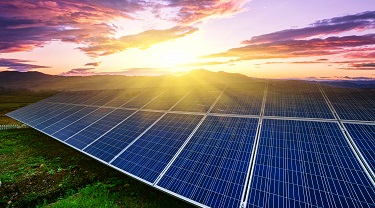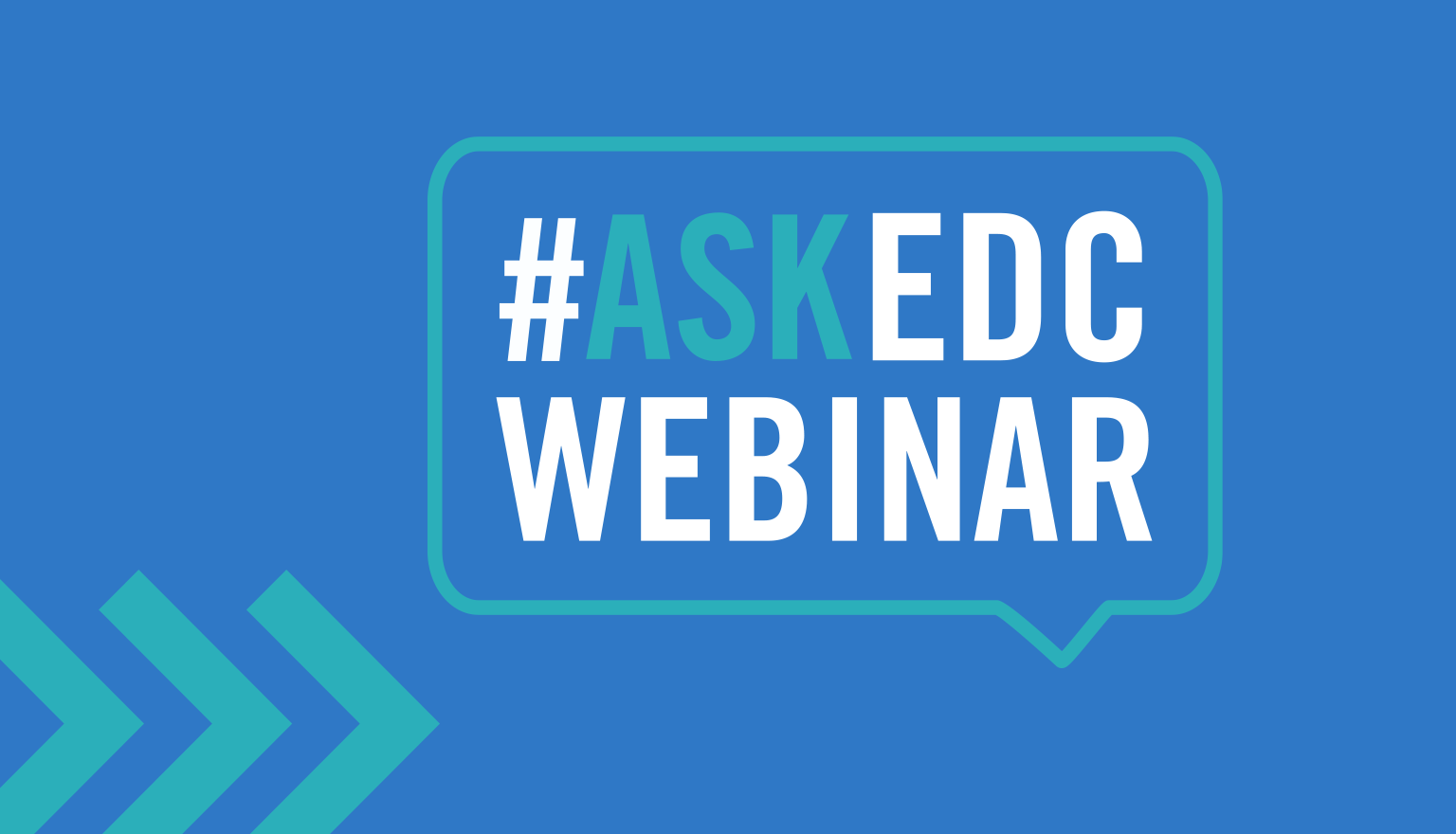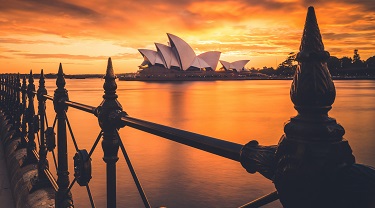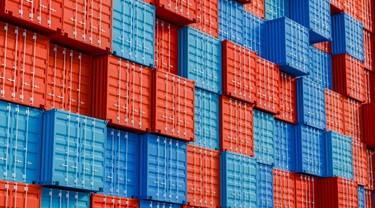With its abundance of natural resources, sunshine and prosperity, it’s been called the “Lucky Country,” but since 2019, Australia has made international headlines due to increasing climate crisis events, ranging from ravaging bushfires and drought to devastating floods.
But one climate emergency that hasn’t made world news should have the Canadian renewable energy sector taking notice. In June 2022, the Australian Energy Market Operator (AEMO) announced the possibility of unprecedented rotating power outages across Australia, after it capped wholesale energy prices as a way to halt rapidly rising costs.
The triggers for the potential blackouts were many—the country’s reliance on aging coal-fired power plants, damage to coal mines and transport routes from the fires and floods, control issues around gas supplies and the Russian-Ukraine conflict, to name a few.
And while Australia’s dependence on brown energy will continue into the near future, fossil fuels, including coal, currently represent 70% of total electricity generation. The country is actively financing and supporting alternative sources, like wind, solar and hydrogen, to take it into a clean energy future.
The newly minted Climate Change Bill 2022 targets a 43% reduction in emissions by 2030 and sets the country on its path to achieve net zero by 2050. To support those goals, the Australian government launched a National Hydrogen Strategy to make it a powerhouse in what chief scientist, Dr. Alan Finkel, calls “shipping sunshine” through the creation of large-scale hydrogen hubs to make and export clean energy.
The AEMO also recently released the Australia Integrated System Plan (ISP), outlining the steps Australia needs to take to make the important energy transition. Plans have also been set out by major states in Australia, including New South Wales, Victoria, South Australia and Queensland, while the thinktank, Infrastructure Partnerships Australia, maintains an infrastructure pipeline, including renewable energy projects across the country.
It’s a bold new direction for a country that hasn’t had a new climate change bill in a decade, but lofty as it is, the region won’t have to reach its goals alone, says Diane Belliveau, Export Development Canada’s (EDC) chief representative in Australia and New Zealand.
“Australia is a blessed country, with solar and wind resources that put it in a league of its own. Its renewable energy focus potentially positions it to become ‘the battery of the world.’ As Australia addresses its important energy challenges, several Canadian companies are well-positioned to take part in the solutions that Australia needs. For those looking to enter this exciting direction for Australia, EDC has the in-country insight and tools to assist in success,” she says.
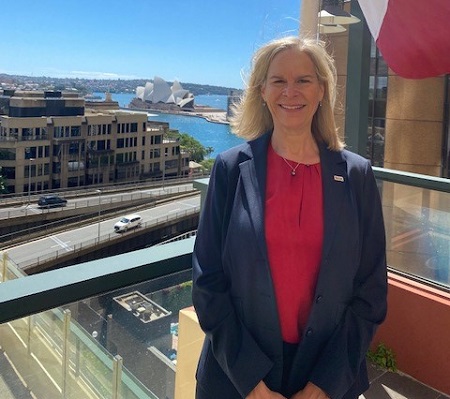
Diane Belliveau
In Australia, EDC is active in supporting Canadian export goals by offering financial solutions and boots-on-the-ground intelligence and expertise for exporters considering expansion there and to New Zealand.
Despite the distance and time difference, several Canadian companies have already made solid inroads by bringing expertise and innovation into the Australian clean energy sector and the abundant opportunities it represents.
Capturing the sun ‘Down Under’
As one of the fastest-growing solar markets in the world, Australian firms operate multiple solar energy farms across the country, some using Canadian cleantech solutions.
PCL Construction, headquartered in Edmonton, is growing in Australia as an engineering, procurement, and construction (EPC) contractor. To date, the firm has installed several solar projects across Queensland and New South Wales (NSW), including the Woolooga and West Wyalong solar farms, formed in partnership with international solar company, Lightsource bp, and financed by EDC.
Amp Energy, a Canadian renewable energy developer in Australia since 2017, has successfully stored two-gigawatts (GW) of hybrid solar power, and developed green hydrogen and ammonia projects. With the support of EDC, Amp Australia also developed the Hillston Solar Farm in NSW.
“EDC is delighted to be a part of the transactions in support of PCL and Amp Australia, which are at the forefront of the renewable energy and cleantech sectors,” says Sven List, EDC’s senior vice-president for the corporate and international group.
“Supporting Canadian companies, like PCL and Amp Energy, plays a crucial role in the global transition to a lower carbon and climate-resilient economy,” he said.
Another Canadian renewable power producer, TransAlta, is also lighting up Australia with solar operations. One of North America’s largest renewable power producers focused on hydro, wind, solar and battery storage, TransAlta is working with BHP Nickel West on a large-scale solar farm and battery solution. The Northern Goldfields Solar Project gives TransAlta the opportunity to support BHP Nickel West’s mine-to-market business in meeting its carbon emission targets.
Transporting compressed green hydrogen
Headquartered in Vancouver, but international in reputation and scope, zero emissions fuel cell technology leader, Ballard, has partnered with Global Energy Ventures to develop a new fuel cell-powered ship to transport compressed green hydrogen from Australia. The innovative C-H2 Ship will have a containment system for storing 430 tonnes of green hydrogen, putting it at the forefront of zero emissions shipping.
Breaking new ground in Broken Hill
Located on the frontier of the dusty NSW’s Outback, Broken Hill’s mining history dates back to the 1880s. Renowned as the site of one of the world’s largest lead, zinc and silver deposits, the town is still active for mining (it has more trucks and traffic lights underground than above) although some mines are disused. One such mine is now the focus of Canadian company, Hydrostor, which has partnered with Australia’s Transgrid to store energy as compressed air. Together with existing solar and wind generation, the project is set to become one of the world’s largest mini grids when it comes online in 2026.
Clean Energy Innovation Hub in Western Australia
Alberta’s ATCO has been active in Australia for several decades and is positioning itself at the forefront of the innovation of the Australian energy sector with the Clean Energy Innovation Hub in Jandakot, Western Australia (WA), the Clean Energy Innovation Park in Warradarge Wind Farm in WA, as well as the development of the Central West Pumped Hydro project near Bathurst, NSW.
Clean energy through pension and investment funds
From electric buses to wind farms, EDC supports key Canadian-Australian initiatives through pension and investment fund acquisitions, with key financing partners in Australia, Belliveau says.
“We’re a lender as part of a group of local banks and provide financing through our corporate lending and project finance teams. Our mandate is to support Canadian exporters and investors. It’s an important way for EDC to support Canadian investments needing large capital to back the clean energy sector in Australia,” she says.
Australia’s stable economy, strong judicial system and privatization opportunities make it an attractive market for several Canadian pension and investment funds currently active in key industries, including the fast-growing renewable energy sector. For example, in 2018, global private markets investment firm, Northleaf Capital Partners, acquired a 40% stake in the 60-turbine Lal-Lal Wind Farms near Ballarat, Victoria. The investment has made an instrumental contribution to the state, which gets 60% of its energy from coal.
The Ontario Municipal Employees’ Retirement System (OMERS) has also invested in Australian renewable energy firm, Fotowatio Renewable Ventures (FRV) Australia. FRV Australia is one of the largest solar developers, asset owners and renewable energy platforms in Australia and one of the first solar developers to enter the Australian market. FRV Australia has developed nine solar farms in Australia and is developing additional renewable energy projects across the country that include batteries and other renewable energy technologies.
OMERS and other Canadian pension and investments funds, like Caisse de dépôt et placement du Québec (CDPQ), Brookfield Asset Management, Alberta Investment Management Corporation and the Healthcare of Ontario Pension Plan, are also bringing capital and management support to key Australian energy companies. Both Transgrid (transmission operator) and AusNet (energy delivery) have Canadian investment support in Australia’s changing energy supply landscape.
EDC’s financial backing extends to electric public transportation, too, through our involvement with OPTrust, one of Canada’s Top 10 largest pension funds. It’s a majority stakeholder in Kinetic, a firm that manages Australia and New Zealand’s most extensive bus network. Kinetic recently opened Queensland’s first 100% electric bus depot powered by renewable energy.
“The portfolio of clean energy and renewable resource financing that EDC is involved with in Australia is making a powerful contribution to the country’s energy mandate, which is part of a global effort to become climate-resilient,” says Belliveau.
We’re very happy to see the increasing interest by Canadian exporters and investors in the renewable energy sector in Australia, as this is a fast-growing and critical sector. We’re delighted to support and enable Canadian exporters and investors to establish and grow a presence in Australia and be part of their successful journey here.
Bilateral trade between Canada and Australia
- Australia is an excellent investment destination, with a AAA status from S&P Global Ratings. Its rating is underpinned by a strong economy and high commodity prices.
- Until 2021, Australia was the only country in the world to experience uninterrupted growth for 28 years.
- Two-way merchandise trade between Australia and Canada has remained buoyant at $4.5 billion.
- Canadian exports are valued at $2.3 billion and largely composed of machinery, aircraft and parts, vehicles, minerals and mineral products, electronic equipment, scientific and precision instruments and pharmaceutical products.
- Bilateral services trade in 2021 was valued at about $2.1 billion, with Canadian exports accounting for $964 million of that total.
Where to get help
EDC and many of our partners provide financial and knowledge services for Canadian companies that want to do business in Australia, including:
- The Canadian Trade Commissioner Service (TCS) that helps assess market potential, identify qualified contacts, solve problems, and connect with local key contacts.
- EDC’s financing and insurance solutions, as well as our market knowledge and extensive network, to help develop market opportunities.
- To contact an EDC export advisor, visit our Export Help Hub.
Diane Belliveau is an experienced leader in international banking and business development. Her roles at EDC included underwriting financing transactions, business development for Africa and manager of EDC’s regional office in Quebec City. She currently serves as chief representative for Oceania, overseeing Australia and New Zealand. Within her areas of responsibilities, she leads business development and corporate loan origination, with a focus on energy, infrastructure and mining. She can be reached at dbelliveau@edc.ca.
